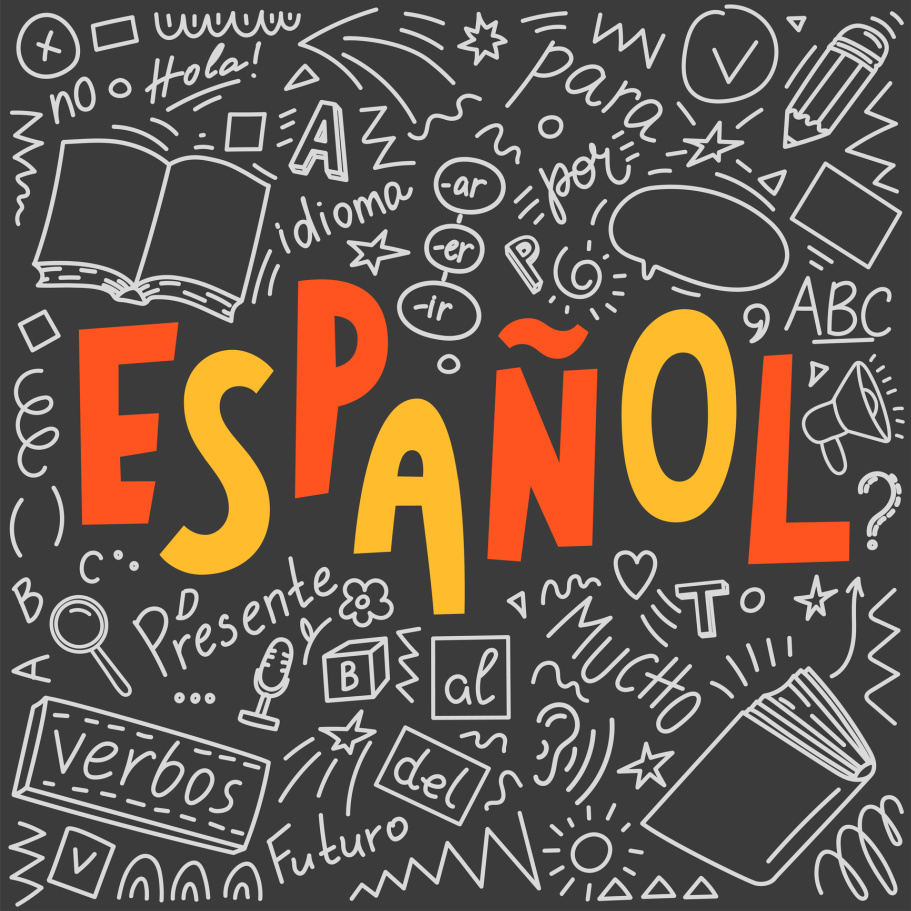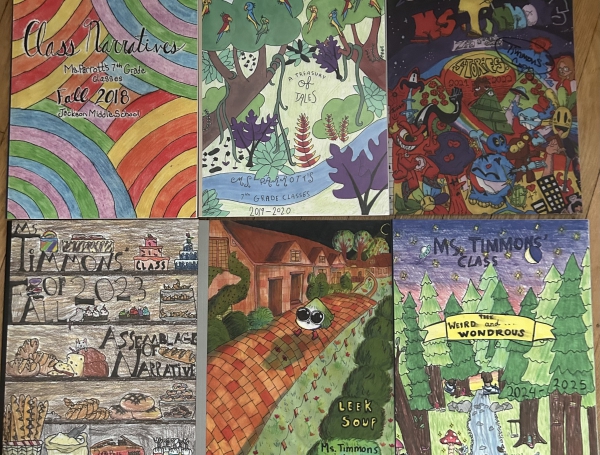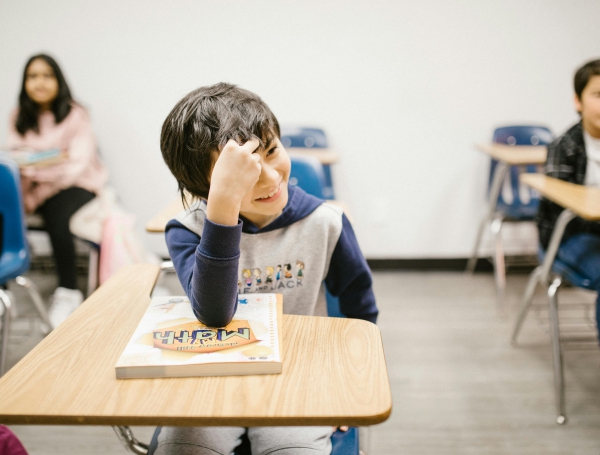

Four Domains of Language Learning: Listening, Speaking, Reading and Writing
August 1, 2022
As a language teacher, I enjoy operating in a field considered an elective but one that I consider imperative. We learn vocabulary, we practice speaking and listening, but we also hear from a variety of voices and discuss issues of inequity experienced by the Hispanic community. For this lesson, the learning objective and success criteria focus on implementing the current vocabulary and the two different past tense forms.
In language learning, there are four domains: writing, listening, speaking, and reading. These domains are crucial to growth in the target language. Listening and reading are forms of input; writing and speaking are output forms. A classroom environment of trust and acceptance must first be established to have an elevated level of participation in these four domains. There is a perceived risk when learning a new language, and often students experience cognitive hijacking and fear of making a mistake. A classroom culture can flourish by establishing routines, playing games, greeting students at the door, and encouraging their interactions with each other.
The basic rundown of the lesson is in 3 parts. In the spirit of jigsaw activities, each student in a group of four receives one paragraph of the story. Knowing what we know about the importance of using color for our brains to retain information, students then highlight all the current vocabulary words in their section. After highlighting, students translate their paragraphs to English- skipping the parts they are unsure of. In step two, students go through in order (1-4) reading their paragraph in Spanish to the group and then their English translation. Through this step, they can collaboratively figure out what the best translation would be. The teacher is always circulating to encourage and aid in minor ways. Lastly, the students receive the third page, which asks the students to work as a group to summarize each paragraph in the target language (Spanish), draw a picture, and then answer short comprehension questions in Spanish. By the end of the activity, each student has worked in the four language learning domains.
This activity works great across all chapters, and the students especially enjoy it when the theme is fun or a topic they can engage in. The title of this story is “Tom and Zendaya’s Wedding”- a celebrity couple. The couple does silly things like honeymooning in Disneyland, wearing strange clothes at the wedding, and monopolizing their families’ holidays.
Since taking this course, I have added a follow-up project for students. This in-class jigsaw activity will serve as a springboard for students to create their own short stories in the target language and choose how to share them with the class. Students can either make a poster, record a video in FlipGrid, or act it out with their group. Students will provide comprehension questions for the rest of the class to follow along and practice their input and output skills. An engaging component that asks students to create and allows for choice that aligns with best teaching practices and brain-based learning.
This guest post was written by Calli Bergstrom while taking the online course, Overcoming Post-Pandemic Stress: A Journey to Wellness.




